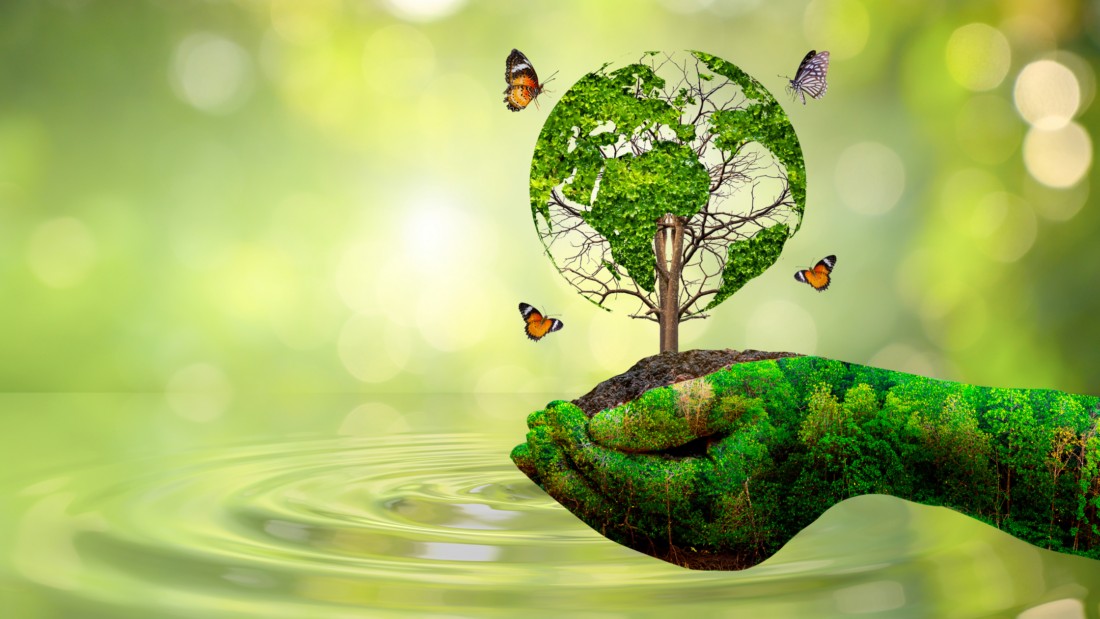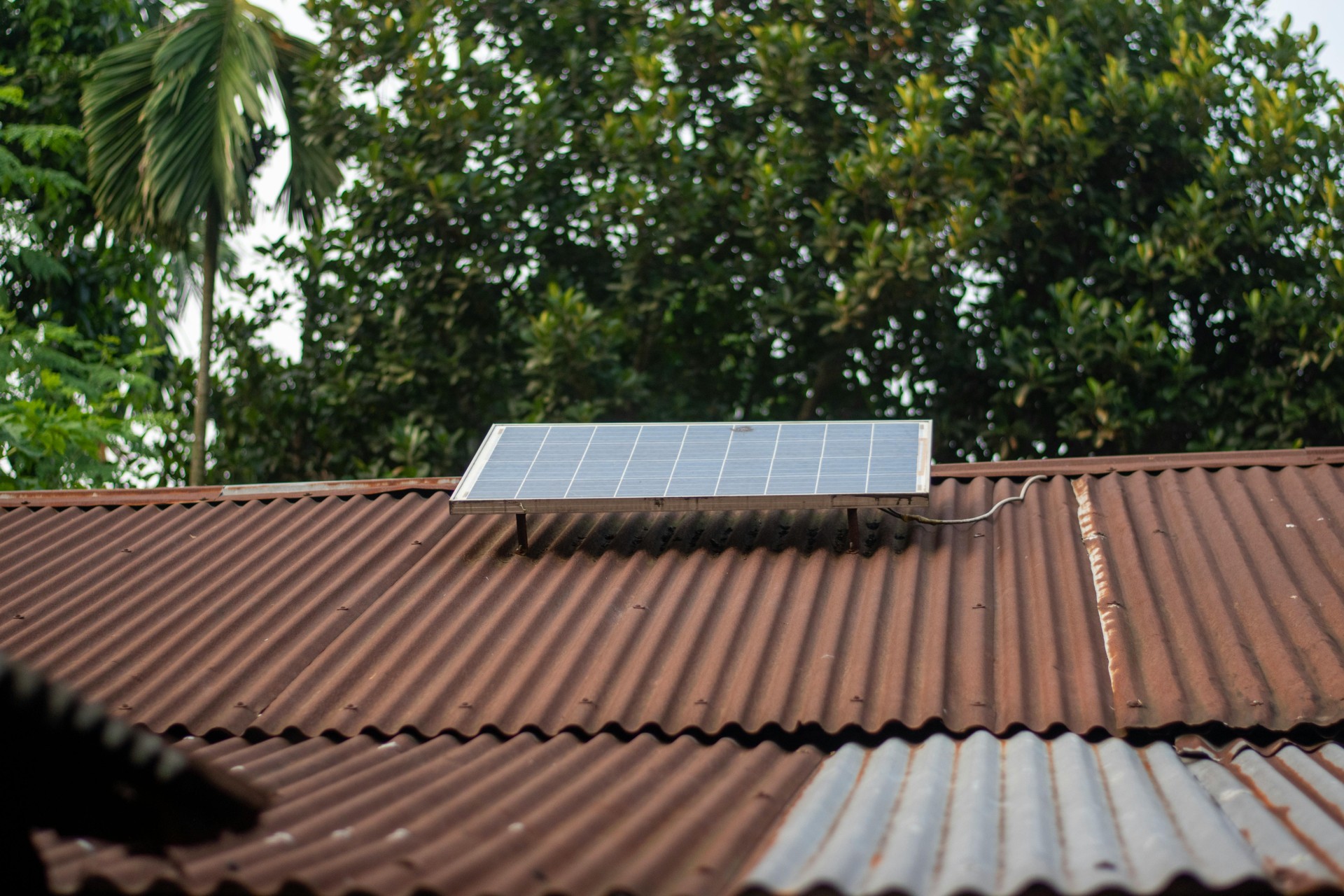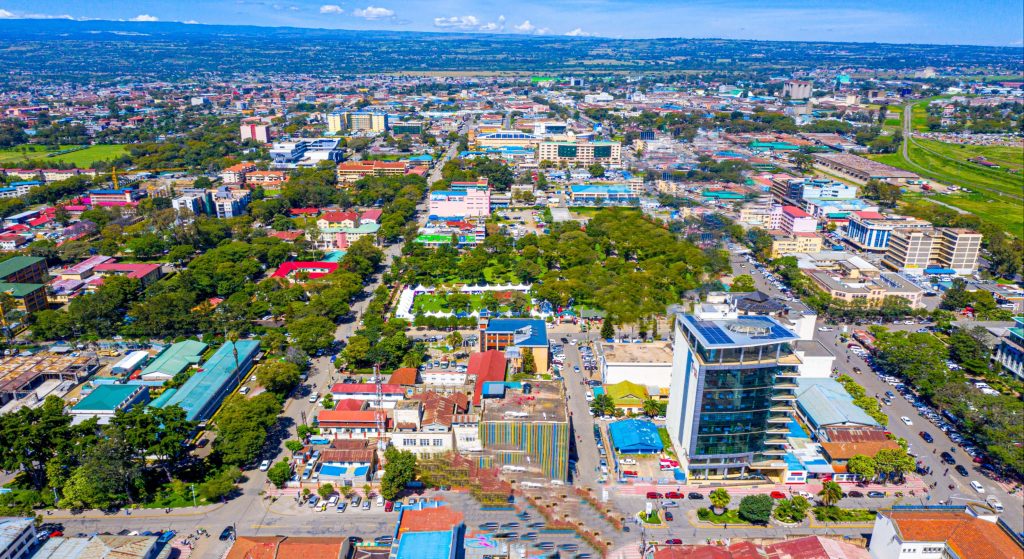- This year’s commemoration of the World Nature Conservation Day comes against the backdrop of mounting scientific evidence highlighting the rapid decline of natural ecosystems.
- The continued loss of biodiversity and overexploitation of natural resources are now considered one of the most urgent planetary crises.
Governments, conservation agencies and environmental advocates across the globe are marking World Nature Conservation Day, amid renewed calls to prioritise the protection of natural ecosystems in the face of escalating biodiversity loss, land degradation and climate disruption.
Observed annually on July 28, the day serves as a global reminder of the critical need to preserve natural resources, biodiversity, forests, soil, and water systems — all of which underpin human survival and economic stability.
This year’s commemoration comes against the backdrop of mounting scientific evidence highlighting the rapid decline of natural ecosystems.
According to the World Wide Fund for Nature (WWF), there is more than 70 per cent decline in the average size of African wildlife populations. This alarming trend highlights the urgent need for transformative action to safeguard Africa's natural ecosystems and the livelihoods that depend on them.
The continued loss of biodiversity and overexploitation of natural resources are now considered one of the most urgent planetary crises.
Read More
The theme for World Nature Conservation Day 2025 — “Connecting People and Plants: Exploring Digital Innovation in Wildlife Conservation” — focuses on the role of modern technology in enhancing conservation efforts.
It highlights the growing importance of tools such as Geographic Information Systems (GIS), satellite imaging, AI-powered monitoring, and citizen science platforms in tracking biodiversity and engaging communities in environmental protection.
Notably, under this theme, several international and regional conservation agencies have expanded their use of digital tools to monitor endangered species and restore degraded habitats.
In East Africa, for example, the Tsavo Trust in Kenya have recently incorporated fitting GPS enabled collars on 16 elephants including influential matriarchs, big tuskers, and notorious crop raiders to help provide data on elephants’ ranging patterns, habitat connectivity, and responses to encroaching infrastructure, offering useful insights into their behaviour — efforts that align with this year’s digital-driven conservation goals.
Globally, initiatives such as the Global Biodiversity Information Facility (GBIF) and the Wildlife Insights platform, which utilises AI to analyse camera trap data from over 140 countries, are helping researchers and policymakers identify at-risk species and design more effective conservation strategies.
These platforms have improved response times to poaching threats, informed habitat protection policies, and fostered collaborative conservation science — realising the very essence of “connecting people and plants” through data.
Efforts to reverse ecosystem decline have also gained momentum at the policy level. A breakthrough came in December 2022, when over 190 countries adopted the Kunming-Montreal Global Biodiversity Framework.
Central to that agreement is the 30×30 target — a global pledge to protect 30 per cent of the world’s land and marine areas by 2030. To date, more than 100 countries have formally committed to the goal, signalling growing international resolve to halt nature loss.
In addition to policy-level efforts, conservation organisations have made significant investments in fieldwork and education. The WWF has funded more than 12,000 projects across 100 countries, investing over $ 1 billion since 1995 to support wildlife protection, forest restoration, and sustainable development.
World Nature Conservation Day also emphasises public participation in environmental stewardship. Around the world, the day is being marked through tree planting campaigns, clean-up drives, biodiversity walks, and educational forums designed to raise awareness and promote sustainable habits.
Local governments and community-based organisations are using the occasion to highlight the importance of circular economies, climate-smart agriculture, reforestation, and protection of endangered species.
However, symbolic observances must be matched with concrete action. A report by the United Nations (UN) has warned that over one million species are at risk of extinction, many within decades, unless transformative changes are implemented in how societies produce, consume, and govern natural resources.
As the global community marks World Nature Conservation Day, the call to action remains clear: conserving nature is not simply a moral obligation — it is a necessity for global health, security, and sustainability.
With just five years remaining to meet the 2030 biodiversity targets, there is need for governments to accelerate the implementation of conservation policies, expand digital conservation tools, and empower communities to play a central role in ecosystem restoration.







